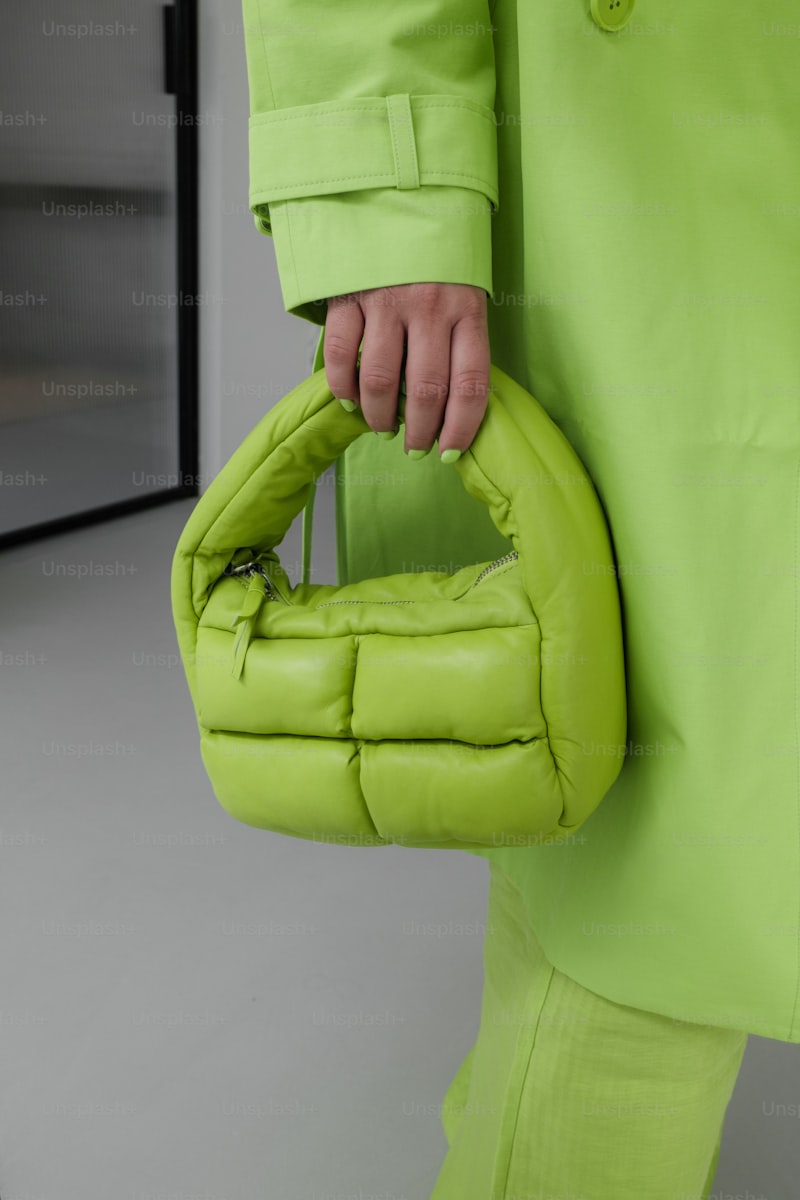Sustainable Dress Choices: Embrace Eco-Friendly Fashion
Introduction to Sustainable Dress Choices
In today's world, the fashion industry is under scrutiny for its environmental impact. As more consumers become aware of the issues related to fast fashion, many are shifting towards sustainable dress choices that prioritize eco-friendliness and ethical production. This article explores what sustainable dress choices entail, the benefits of embracing these choices, and how to make informed decisions when curating your wardrobe.
What Are Sustainable Dress Choices?
Sustainable dress choices refer to selecting clothing made from environmentally friendly materials and produced in ways that minimize harm to the planet. This includes:
- Using organic or recycled fabrics
- Supporting fair trade practices
- Choosing local and small-scale brands
- Opting for timeless designs that outlast seasonal trends
The Importance of Sustainable Fashion
With the rapid consumption of clothing, the fashion industry accounts for a substantial amount of pollution and waste. By making sustainable dress choices, consumers can help mitigate these effects. Here are some key reasons why sustainability in fashion is essential:
- **Environmental Impact**: The production of traditional clothing often involves harmful chemicals and unsustainable practices. Sustainable choices contribute to reducing carbon footprints.
- **Social Responsibility**: Ethical production practices ensure that workers are fairly compensated and operate in safe conditions.
- **Quality over Quantity**: Sustainable fashion focuses on durable materials, leading to longer-lasting clothing and less overall consumption.
Different Aspects of Sustainable Dress Choices
| Aspect | Details |
| Materials | Organic cotton, hemp, Tencel, recycled materials |
| Production | Ethical labor practices, local production |
| Brand Transparency | Openness about sourcing and production processes |
| Waste Reduction | Upcycling, minimizing overproduction |
How to Make Sustainable Dress Choices
Making sustainable dress choices can feel overwhelming; however, small steps can lead to significant changes. Here are actionable tips to help you transition to a more sustainable wardrobe:
1. Research Brands
Look for brands that prioritize sustainability. Many companies provide information about their sourcing methods and ethical labor practices. Online platforms and resources such as Good On You can help assess brand sustainability ratings.
2. Invest in Quality Pieces
Rather than buying numerous cheap items, invest in higher-quality clothing that lasts longer. Consider timeless pieces that can be styled in various ways, reducing the need for frequent purchases.
3. Embrace Second-Hand Shopping
Thrifting and shopping at vintage stores are excellent ways to source clothing sustainably. Not only do you reduce waste, but you also find unique pieces that add character to your wardrobe. Online platforms like Depop or Poshmark are convenient for second-hand shopping.
4. Host a Clothing Swap
Gather friends and family for a clothing swap event. This is a fun way to refresh your wardrobe without purchasing new items, promoting sustainability through sharing and reusing.
5. Be Mindful of Trends
Trends come and go, which can lead to overconsumption of fast fashion. Focus on building a wardrobe filled with versatile items that align with your personal style rather than chasing every new trend.
Common Misconceptions About Sustainable Fashion
Despite the growing awareness surrounding sustainable fashion, several misconceptions persist:
- **Sustainable Clothing is Always Expensive**: While some sustainable brands may be pricier due to ethical production, several affordable options exist. Prioritize quality versus quantity for long-term savings.
- **Sustainable Fashion is Limited**: The rise of eco-conscious brands means more diverse choices than ever before. From casual wear to formal attire, sustainable options exist across all categories.
The Future of Sustainable Dress Choices
The future of the fashion industry hinges on the innovations in sustainable dress choices. As consumer demand grows for responsible practices, brands are adapting and finding creative solutions to fulfill that need. Technologies such as 3D knitting and biodegradable materials are paving the way for a greener fashion landscape.

Summary and Recommendations
In conclusion, making sustainable dress choices is vital for promoting environmental and social responsibility within the clothing industry. By being mindful of materials, opting for ethical brands, and investing in quality pieces, consumers play a crucial role in fostering a sustainable future. Remember that every mindful choice contributes to a larger movement toward responsible fashion. Start small, stay informed, and continue your journey toward a sustainable wardrobe.
As you navigate your fashion choices, consider the impact on the planet and the individuals who make your clothing. With patience and commitment, you can curate a wardrobe that reflects your values and embraces sustainability. Happy dressing!